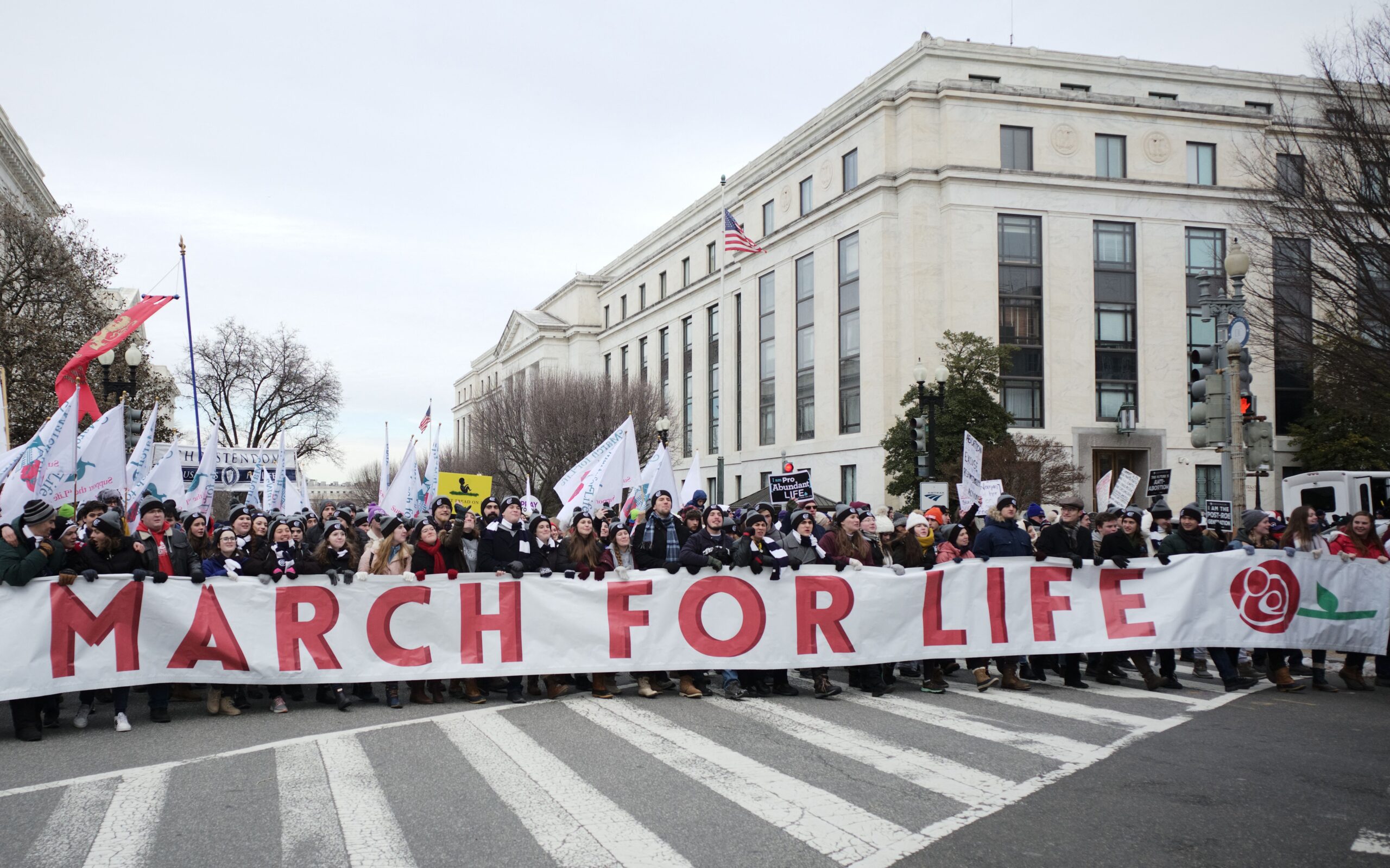
In 1974, some 20,000 pro-life Americans gathered at the steps of the United States Capitol to observe the first anniversary of the Roe v. Wade ruling that legalized abortion nationwide. Every year since, thousands of Americans of all stripes have faithfully flooded the streets of Washington, D.C. to defend the cause of the unborn. On Friday, they will do the same for the 49th time—and hopefully the last of the Roe era.
This summer, the Supreme Court is set to rule in the case of Dobbs v Jackson Women’s Health Organization. The case deals with the constitutionality of a Mississippi law which limits abortions after 15-weeks of pregnancy, when babies can feel pain in the womb. This case gives the Court the opportunity to undo Roe and let voters and their representatives across the country decide what the abortion laws in their states should be.
This year’s march and the Dobbs decision come at a turning point in our commitment to defend life. Thanks to scientific advancements, it’s undeniable that what was once dismissed by some as a “clump of cells” is a human baby. We now know that a baby’s heart starts beating at around 22 days and that babies can feel pain as early as 12 weeks. These changes show just how outdated Roe is. Nearly 50 years ago, the Court said that states could only limit abortion after the unborn baby was almost seven months old, but today only a handful of other countries including China and North Korea allow elective abortions that late in the pregnancy.











